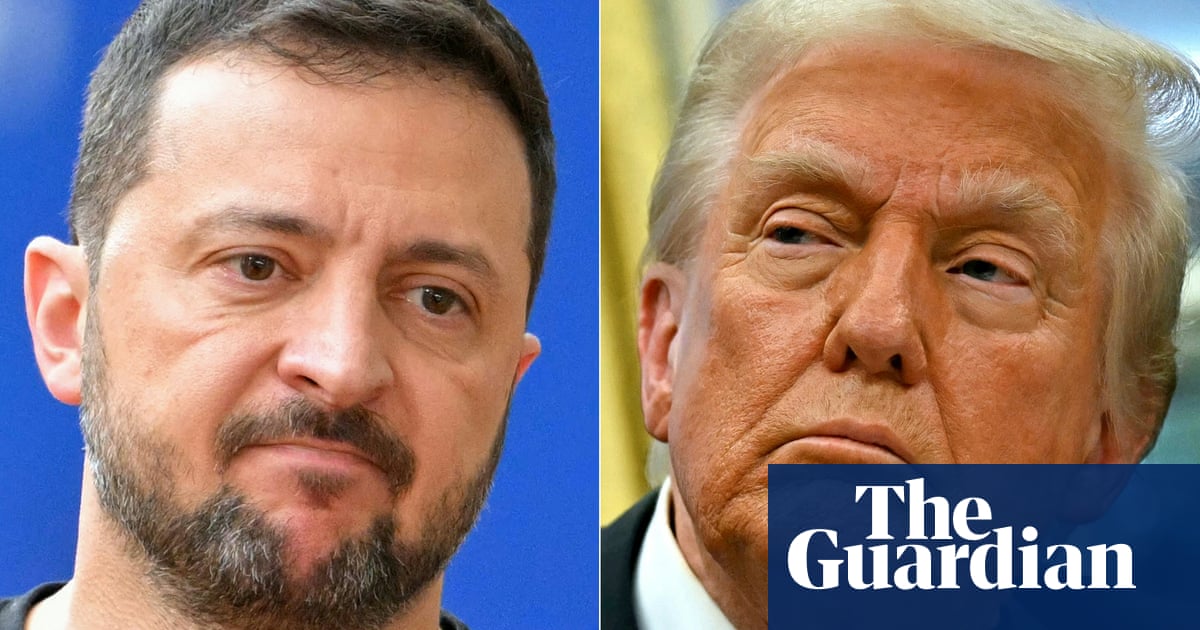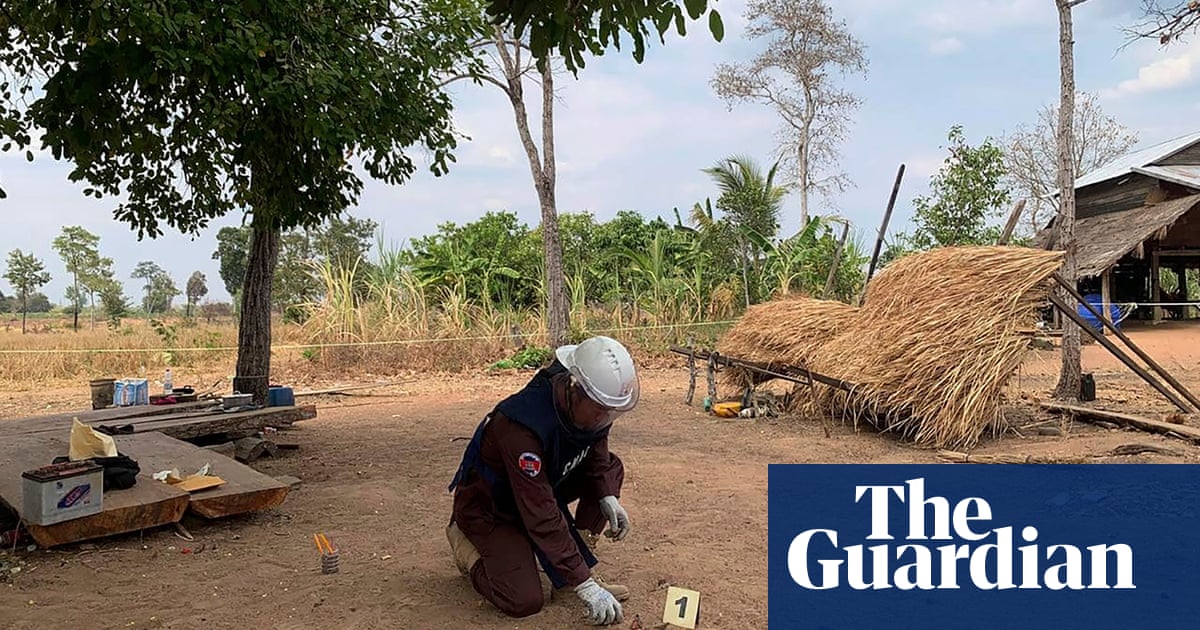The U.S. has 80,000 troops in Europe, a number that’s jumped by more than 25 percent since Russia’s full-scale invasion of Ukraine three years ago. The European pillar of NATO and the U.K. spend about $460 billion per year on defense, about half of the Pentagon’s budget.
Visiting the alliance this week, U.S. Defense Secretary Pete Hegseth said American troops were in Europe for now but that “what happens five or 10 or 15 years from now is part of a larger discussion.”
It wasn’t hard for most Europeans to read between the lines. “It’s clear where the United States is. It’s not in Europe,” said a former NATO official, who like others was granted anonymity to speak candidly about dynamics within the alliance. “Europe is going to realize, ‘Holy shit, we’re on our own.’”
At the Munich conference, those debates dominated the event — from the first floor bar to the mezzanine coffee shop in heated pull-asides among diplomats, national leaders and security officials, all trying to make some sense out of the Trump administration’s mixed messages this week.
The debates are so urgent that French President Emmanuel Macron called an emergency meeting of leaders in Paris on Monday, indicating his desire to be a leader on a continent desperately searching for direction.
Ahead of NATO’s annual summit in The Hague this summer, the alliance is going to each of its members to scale up an ambitious new rapid response force that could send 100,000 troops to respond to a Russian attack within 10 days, and up to 500,000 within six months — far beyond anything the British, the French, or the Germans can do on their own.
Article by:Source:













